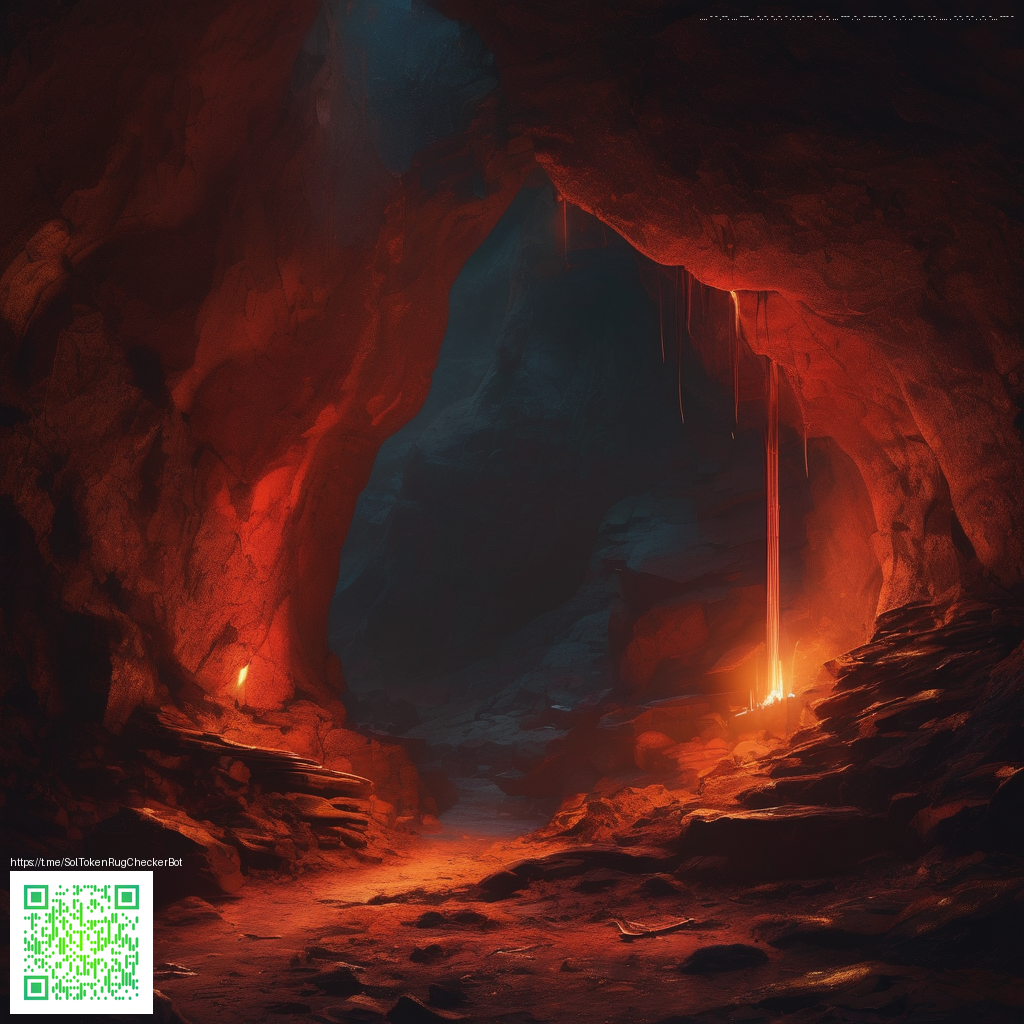
Data source: ESA Gaia DR3
Beyond the naked eye: a distant blue giant in Crux and the limits of visibility
In the southern sky, where the famous Cross anchors the Milky Way’s tapestry, a distant star named Gaia DR3 5334823859608495104 unfolds a quiet lesson about what our eyes can and cannot see. This star is a pristine example of how distance, temperature, and light combine to shape our perception of the heavens. Though it carries the glow of a fiercely hot engine of the galaxy, its light arrives faint to the unaided eye—reminding us that there is a vast, blue-white realm beyond naked-eye reach.
Meet the star: a blue giant on the far side of Crux
Gaia DR3 5334823859608495104 sits at a distance of about 1,990 parsecs from us, roughly 6,500 light-years away. Its apparent brightness, expressed in Gaia’s photometric system, is around mag 8.65 in the G-band—well beyond the threshold of naked-eye visibility for most of us under typical dark-sky conditions (the human eye generally reaches mag ~6 in pristine skies). The star’s color and temperature tell a striking story: a surface temperature near 41,300 kelvin, blazing with a blue-white hue that marks it as a hot, luminous object.
- Distance: about 1.99 kiloparsecs (≈6,500 light-years) in the Milky Way.
- Brightness: a Gaia G-band magnitude around 8.65, which nudges it into binoculars or a telescope rather than naked-eye sight.
- Temperature: roughly 41,000 K, yielding a piercing blue-white glow.
- Size: about 8.4 times the Sun’s radius, hinting at a powerful, extended envelope despite its compact appearance in photographs.
- Location: in the vicinity of Crux, the Southern Cross, a constellation famed for navigation and culture across southern latitudes.
Color, temperature, and the light we perceive
Temperature is the guiding compass for color in the stellar zoo. A star blazing at about 41,000 K radiates most of its energy in the blue portion of the spectrum. In practical terms, that means if you could stand beside Gaia DR3 5334823859608495104, you’d witness a strikingly blue-white beacon rather than the warm amber glow of a sun-like star. The surrounding disk of light—its radius around 8.4 solar radii—adds a sense of scale: the star is hotter and more compact than many giants visible in our night sky, yet its brilliance is spread across a vast distance, diluting its surface brightness to a level that challenges naked-eye perception.
Crux and the cosmic stage
The nearest constellation tag for this star is Crux—the Southern Cross—a symbol of guidance for travelers and storytellers for many cultures. The enrichment summary for Gaia DR3 5334823859608495104 captures the sense of place: a hot blue giant at ~1,990 parsecs in Crux, its 41,300 K glow and 8.4 R⊙ size illuminate the southern Milky Way, embodying the Cross’s enduring role as a navigational beacon and a poetic intersection of stellar science and myth. In other words, this star is part of a landscape that has long helped people orient themselves in a vast sky full of wonders.
What this teaches us about naked-eye limits
Naked-eye visibility is a balance of intrinsic brightness and geometric distance, modulated by interstellar dust and the observer’s own location on Earth. A star can be extraordinarily luminous yet remain invisible to unaided vision if it lies far away. Gaia DR3 5334823859608495104 embodies that truth: a hot, luminous blue giant—one of the galaxy’s more energetic stellar engines—appears dim when viewed from Earth simply because the light has to travel thousands of light-years. The Gaia data release helps astronomers quantify how far such stars truly are and how their temperature and radius contribute to their overall energy output, even when human eyes cannot catch the glow.
“The night sky rewards curiosity,” as the cross of Crux reminds us. Gaia DR3 5334823859608495104 stands as a luminous testament to how much light remains unseen by unaided eyes, yet revealed by precision surveys that map distance, temperature, and size across the Milky Way. 🌌
Takeaways for curious stargazers
- Distance matters more than you might expect: a star can be incredibly hot and large, yet be far beyond the reach of naked-eye sight.
- Color and temperature shape how we imagine a star’s glow; a 41,000 K surface produces a blue-white beacon, even if it seems faint from Earth.
- Gaia DR3 data lets us place otherwise invisible stars on the map, connecting the dots between a star’s physical properties and its place in the Milky Way.
- In Crux, a constellation tied to navigation and myth, this distant blue giant adds depth to the southern sky’s story—an intersection of science and culture.
Phone Desk Stand Portable 2-Piece Smartphone Display
This star, though unnamed in human records, is one among billions charted by ESA’s Gaia mission.
Each article in this collection brings visibility to the silent majority of our galaxy — stars known only by their light.